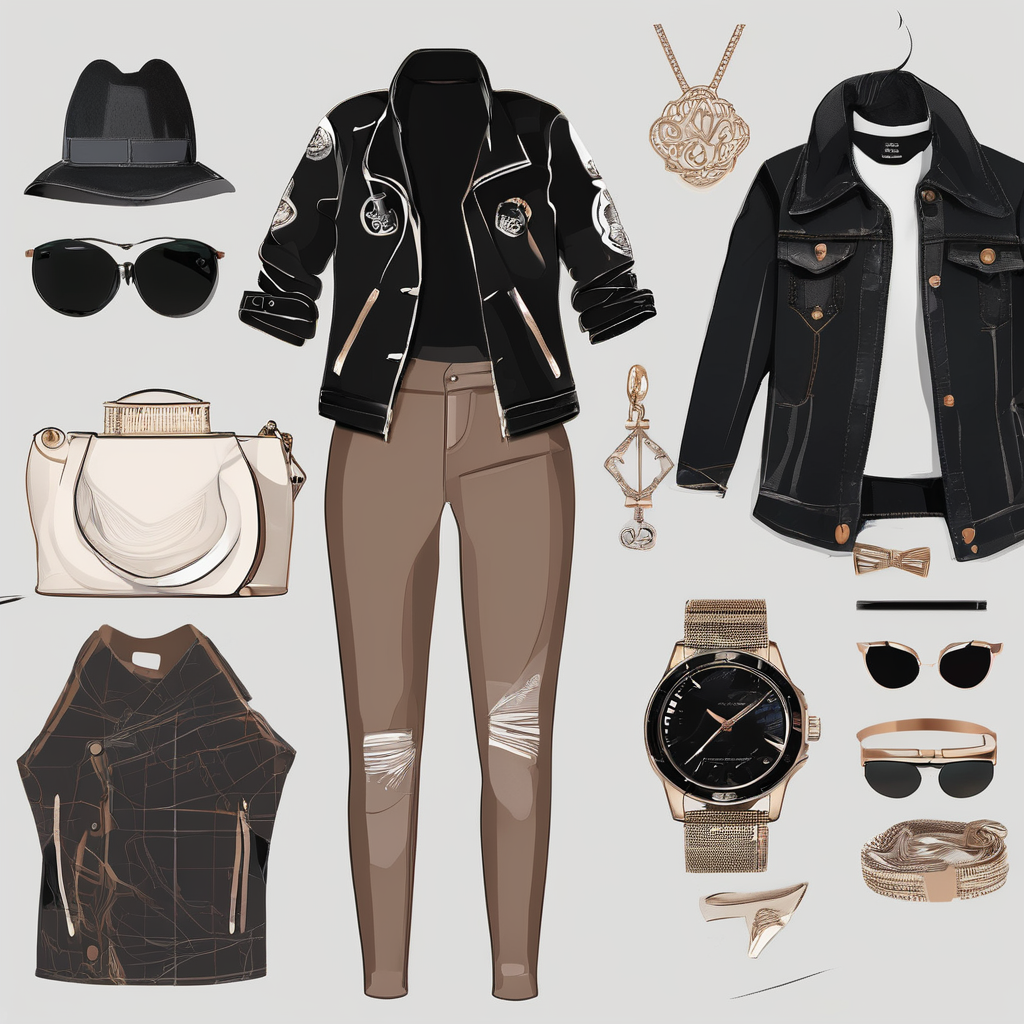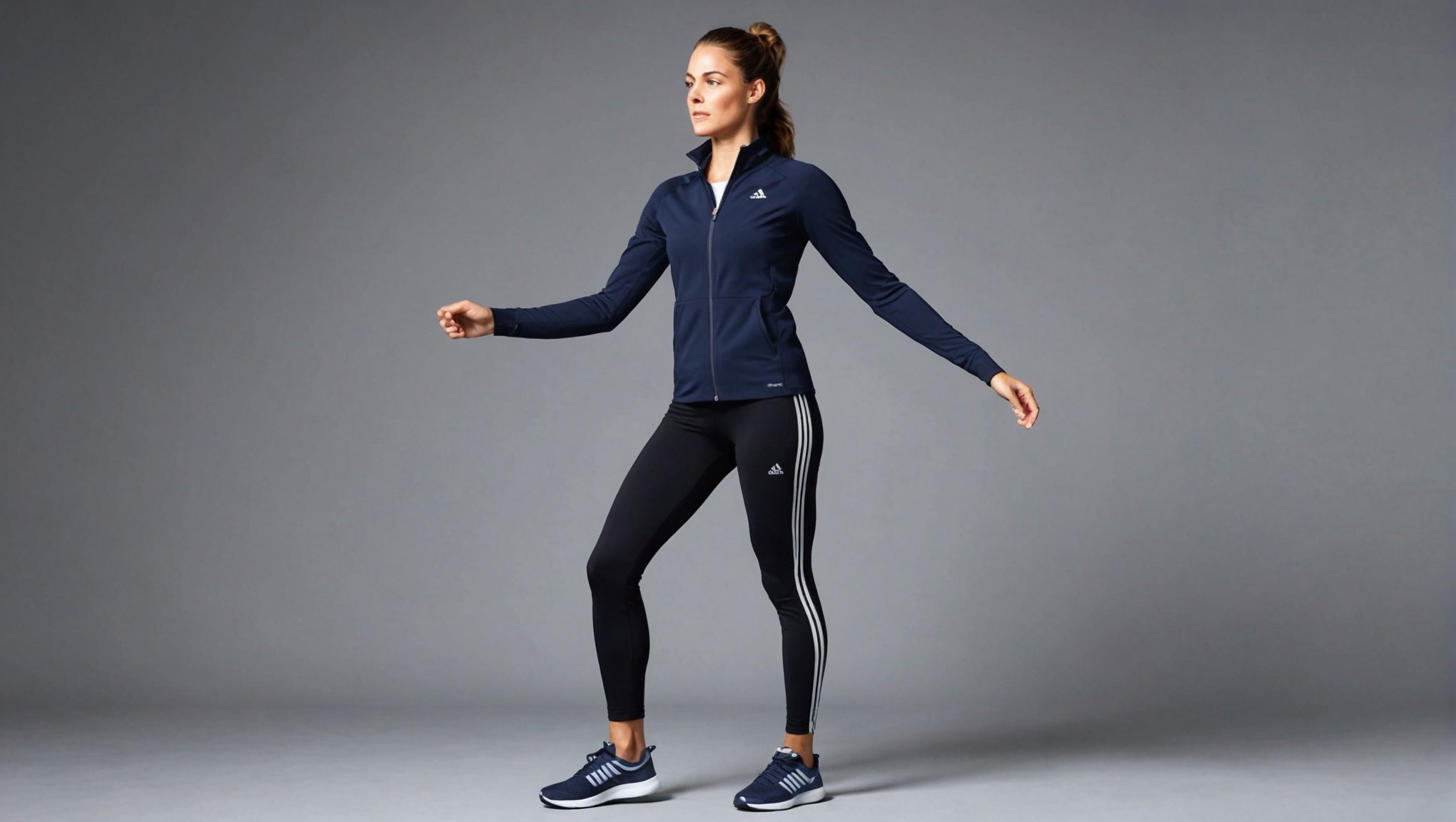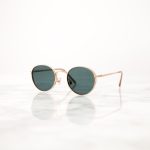When choosing activewear, one must consider several factors for the best possible experience during workouts. Besides the style and fit, the most crucial aspect is the material or the fabric used in the clothing. The material will dictate the garment’s durability, comfort, and function. This article will delve into some of the best, most durable materials for women’s activewear, focusing on fabrics such as cotton, polyester, synthetic blends, and the more sustainable options like bamboo.
Cotton: The Natural Choice
Cotton has long been synonymous with comfort in the world of clothing. Its natural, breathable qualities make it a popular choice for many types of clothing, including activewear. Unlike synthetic materials, cotton is hypoallergenic, making it friendly to sensitive skin.
Have you seen this : What Are the Best Strategies for Cooling Down After an Intense Cardio Session?
Cotton absorbs moisture efficiently. Consequently, it can become heavy and uncomfortable for intense workouts where you sweat profusely. However, for light activities such as yoga or pilates, cotton leggings or tops can be ideal thanks to their soft and breathable qualities.
While cotton is an eco-friendly material, it’s not the most durable for high-intensity sports or frequent washes. It tends to lose its shape over time, especially when exposed to high temperatures in dryers.
Also read : Which Natural Ingredients Can Effectively Brighten Under-Eye Circles?
Polyester: The Go-to Synthetic
Polyester is the primary synthetic material in activewear. It’s no surprise given its durability and resilience. It can withstand frequent washing and wear, maintaining its shape and colour over time.
One of the biggest advantages of polyester is its moisture-wicking properties. Unlike cotton, polyester does not absorb sweat but instead pushes it to the surface of the garment, where it evaporates. This feature makes it ideal for strenuous workouts where you perspire a lot.
Polyester is also breathable and lightweight, ensuring comfort during workouts. Plus, it dries quickly, making it an excellent choice for all weather conditions. However, it’s essential to know that polyester is a petroleum-based product, raising some environmental concerns.
Synthetic Blends: The Best of Both Worlds
The combination of natural and synthetic fabrics often results in high-performing activewear. One common pairing is cotton and spandex. The addition of spandex gives the cotton fabric the stretch it ordinarily lacks, making for more comfortable workout clothing. This blend will provide the softness of cotton and the flexibility of spandex.
Another popular blend is polyester and spandex. This combination capitalizes on polyester’s durability and moisture-wicking abilities and spandex’s elasticity. Activewear made from this blend will be comfortable, stretchy, and capable of managing moisture.
However, these synthetic blends may contain PFAS (Per- and Polyfluoroalkyl Substances), chemicals added for water and stain resistance. PFAS can be harmful, persisting in the environment and potentially accumulating in our bodies over time.
Sustainable Alternatives: Bamboo and More
In an era where sustainability is a significant concern, it’s worth looking at eco-friendlier alternatives. Bamboo is one such option. Bamboo fabric is soft, breathable, and has excellent moisture-wicking capabilities. It also has thermal-regulating properties, keeping you comfortable regardless of temperature changes.
Bamboo fabric’s antibacterial qualities keep odours at bay, a beneficial trait for activewear. Moreover, bamboo is a rapidly renewable resource, making it a sustainable choice. But it’s worth noting that the process of turning bamboo into fabric can involve chemicals, so it’s crucial to look out for certified organic bamboo.
Other sustainable fabrics to consider include organic cotton, hemp, and fabrics made from recycled materials. These sustainable options often come with a higher price tag, but the investment can be worth it for the eco-conscious consumer and for the longevity and quality of the clothing.
Choosing the Right Fabric for Your Activewear
The right fabric for your activewear depends on various factors, including the type of workout, personal comfort, and environmental considerations. While cotton is great for light workouts, polyester or blends may be better for more intense sessions. And if you’re conscious of your environmental impact, consider sustainable materials like bamboo, organic cotton, or recycled materials.
Remember to read the labels carefully when you’re shopping for activewear. You’ll want to know what materials your athletic gear is made from, so you can make the most informed decision. And while durability is a crucial factor in any purchase, don’t forget to also consider comfort and performance. After all, the best workout gear is the one that will make you feel good while you’re wearing it.
More than Durability: Merino Wool and Tencel Lyocell
While durability is a critical characteristic for workout clothes, we should also consider other factors, such as temperature regulation and feel. Two materials that stand out in these respects are Merino wool and Tencel Lyocell.
Merino wool, contrary to what you might think, isn’t just for winter. It’s an excellent material for workout clothing because of its natural properties. Merino wool is known for its exceptional temperature-regulating capabilities. It helps keep you warm when it’s cold, and cool when it’s hot. Moreover, Merino wool has excellent moisture-wicking properties that prevent sweat from remaining on your skin, helping you to stay dry during workouts. It’s also antibacterial, which helps reduce odour. However, keep in mind that while merino wool is a sustainable option, it requires careful washing to maintain its form and texture.
Tencel Lyocell, on the other hand, is a type of rayon extracted from eucalyptus wood pulp. It’s soft, breathable, and has a flattering drape, making it an excellent material for yoga pants and workout leggings. It also offers good moisture management, ensuring comfort during your workouts. Tencel Lyocell carries the OEKO-TEX certification, which means it’s free from harmful substances, making it a safe and toxin-free choice. However, like all fabrics, it has its downsides. It can be prone to wrinkling and may not be as durable as synthetic fabrics like polyester.
Foregoing Fast Fashion: The Role of Forever Chemicals and Recycled Materials
Fast fashion may offer affordable and stylish workout clothing, but it has a significant environmental impact. It contributes to the high demand for synthetic fabrics, which often involves the use of “forever chemicals” like PFAS. These chemicals are not only harmful to the environment but also to human health as they can accumulate in our bodies over time.
To combat the effects of fast fashion, some brands are turning to recycled materials to produce their workout clothes. Recycled cotton, for instance, is becoming a popular choice. It’s made from post-consumer or post-industrial cotton waste, making it a more sustainable option. Similarly, recycled polyester, often sourced from plastic bottles, is used to create durable, moisture-wicking workout clothes.
Some activewear brands even offer GOTS (Global Organic Textile Standard) certified products, which ensure that the fabrics used are organically produced and free from harmful chemicals. These brands are committed to producing toxin-free activewear, demonstrating that it is possible to have workout clothes that are both stylish and environmentally responsible.
Conclusion: Balancing Functionality and Sustainability
The search for durable women’s activewear goes beyond just finding clothes that can withstand intense workouts and frequent washes. It’s about balancing functionality with comfort, performance, and sustainability. Whether it’s the softness of organic cotton, the stretch of spandex, the temperature regulation of Merino wool, or the toxin-free assurance of OEKO-TEX certified Tencel Lyocell, each material offers unique benefits.
Keep in mind that while durability is vital, it’s not the only factor to consider. Don’t overlook other crucial aspects like the type of activity you’ll be doing, your comfort, and your impact on the environment. And remember, sustainable options like bamboo or recycled materials may carry a higher upfront cost, but they can be worth the investment in the long run.
Remember, the best workout gear isn’t just about durability. It’s about choosing workout clothes that will make you feel good when you’re wearing them, perform well during your workout, and have a minimal impact on the environment. So next time you’re shopping for workout leggings or sports bras, consider what kind of future you’re supporting with your purchase.











